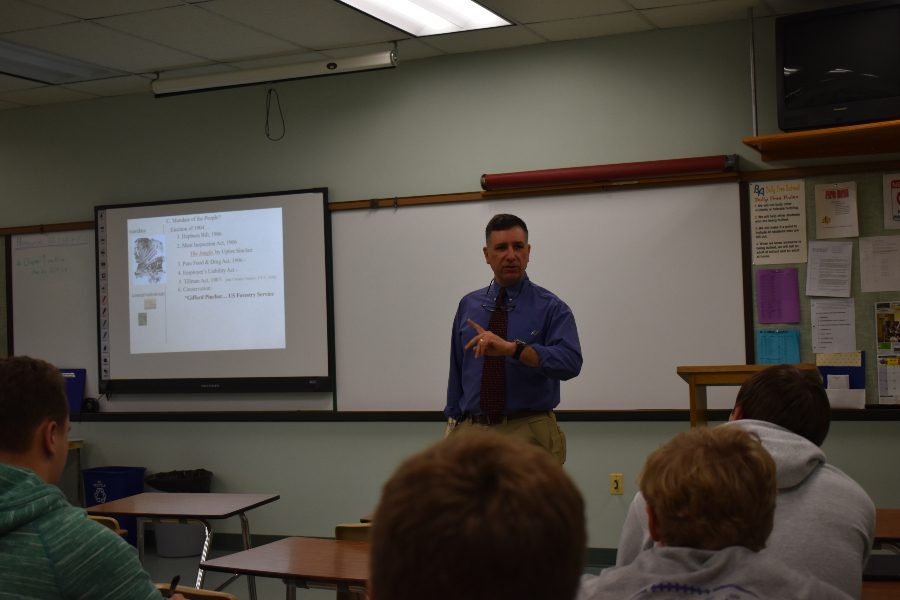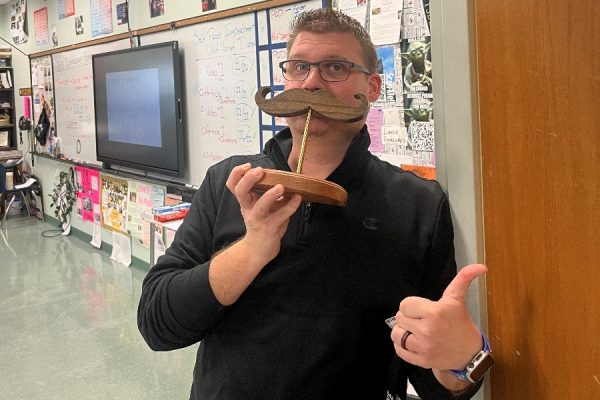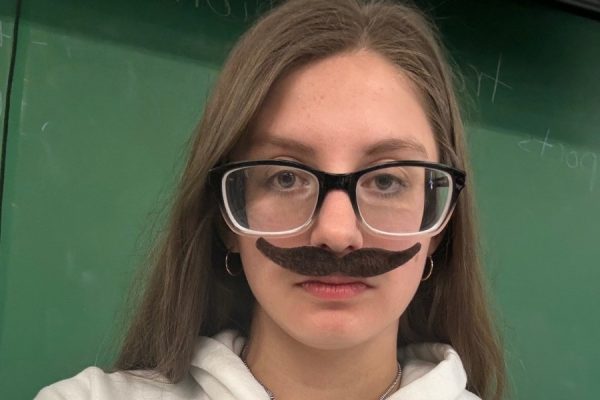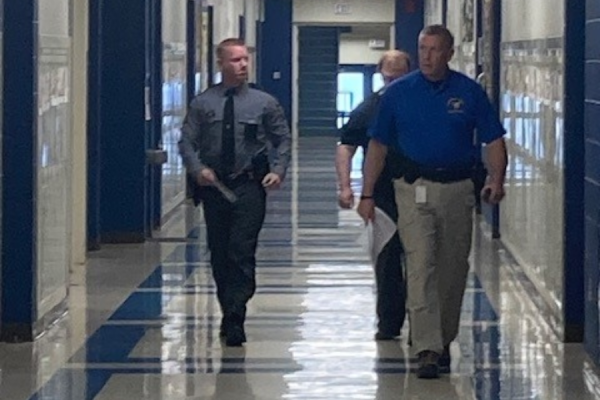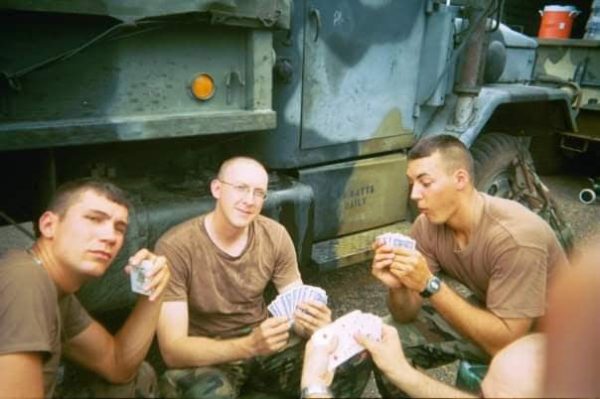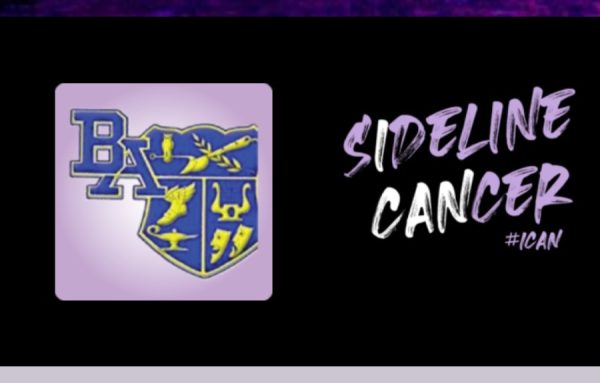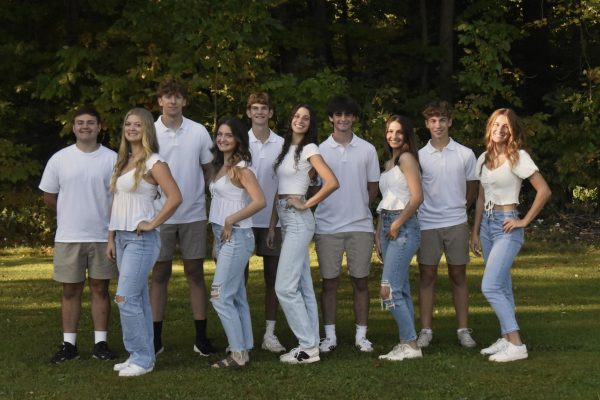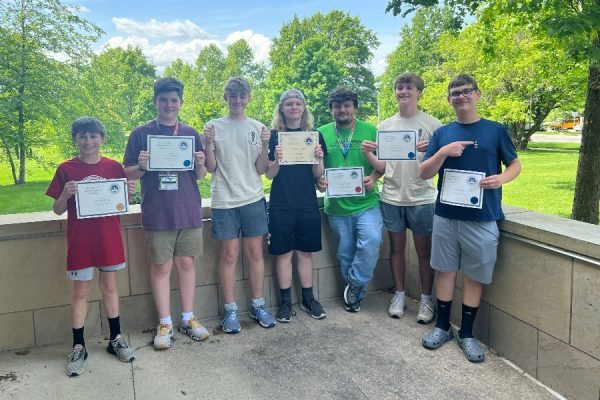Just The Facts
The challenge of teaching hard history.
Mr. Mcminn Teaching that hard history.
Bellwood-Antis history teacher Mr. Robert McMinn feels that a person’s relationship with history can be compared to any relationship with a significant other.
“If you truly love someone, you see and accept their faults. The best love is an open-eyed love,” he explained.
This is often the mindset students need when diving into the more controversial parts of history.
Students all around the US are taught that Columbus discovered America and he should be celebrated. However, this isn’t the full truth. Columbus wasn’t the first to discover America; he really didn’t discover America at all. He actually landed in the Caribbean Islands and enslaved the people there.
Columbus is one small example of the often difficult to digest side of history, also known as hard history.
“Hard history would be the parts of history that make you uncomfortable. History that goes against the American dream and mystique,” said B-A history teacher Matthew Elder.
Uncomfortable as it may be, teaching hard history has become a prevalent issue in today’s multi-cultural America.
“It can be tough when you (the teacher) discuss some of the ‘bad things’ our country has done,” said history teacher Mr. Charles Burch.
Hard history must be, well, hard to teach. To suddenly change the way they see the past and what happened can be a difficult task, but it’s one that every high school history teacher must face.
History teachers at Bellwood-Antis said they approach hard history from a position of honesty.
Problems of Democracy teacher Mr. Matthew Elder says his preferred method of teaching hard history is to make sure he clearly describes both the good and bad points of a certain topic to let the students decide how they feel about it. “My goal is to give you (the student) enough information for you to make up your mind,” he said.
But there is one question that needs to be answered here: how young is too young when teaching hard history?
Mrs. Christine Gonder is a fifth grade history teacher, and she explained how she teaches her students about Columbus.
“We learn about the vikings and their discovery of America, so they know that Columbus wasn’t the first,” said Mrs. Gonder. However, she said she does not teach about the darker sides of Columbus’ history. The risk, she said, is that it can be a lot for younger students to handle. They are initially fed information about how great these figure were and all of the sudden they are told it’s all a lie.
Mr. Elder believes that elementary age kids shouldn’t be taught hard history completely, but they should at least be told information that is a bit closer to the truth. “I would like to see a little more truthful teaching of certain figures in elementary school, because it’s a little dangerous to put these people up on pedestals.”
Mr. McMinn is never one to hide the tough bits of history from his senior students, but he believes that maturity level plays a big role in a student’s understanding of hard history. He says, “As you grow up, you have to grow and tackle tougher issues. Some people never reach that level of maturity.”
So, perhaps it is best for students to learn hard history gradually over time. Mr.Elder explained that it is crucial for students to know that, “no figure is story-book and no figure is completely evil either.” Everyone knows that we, as a people, are not perfect, so there is no way that the people of our history would be perfect. “It doesn’t do us any good to white-wash history,” says Mr. McMinn.
Hard history. The children of America need to get the facts eventually.



